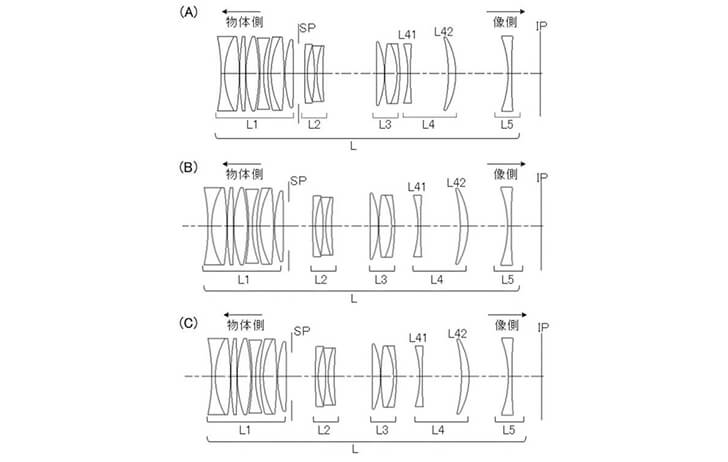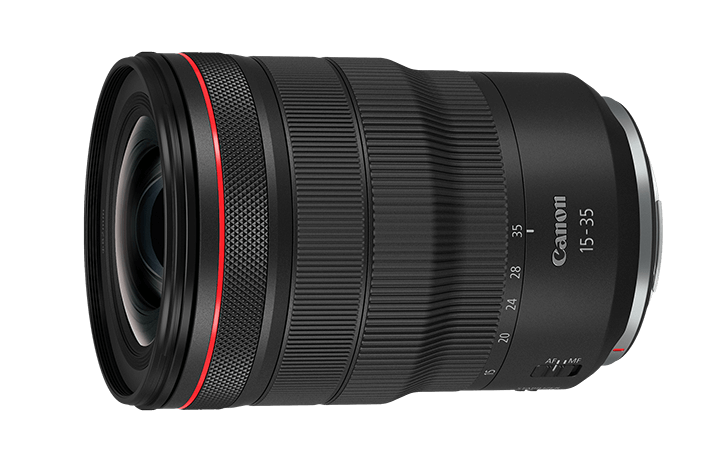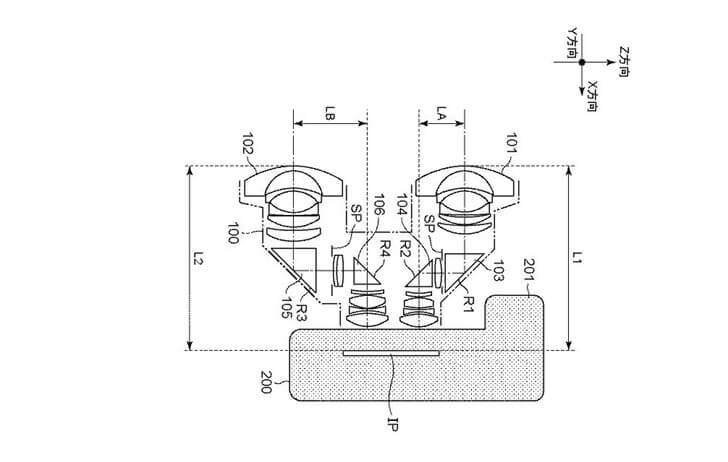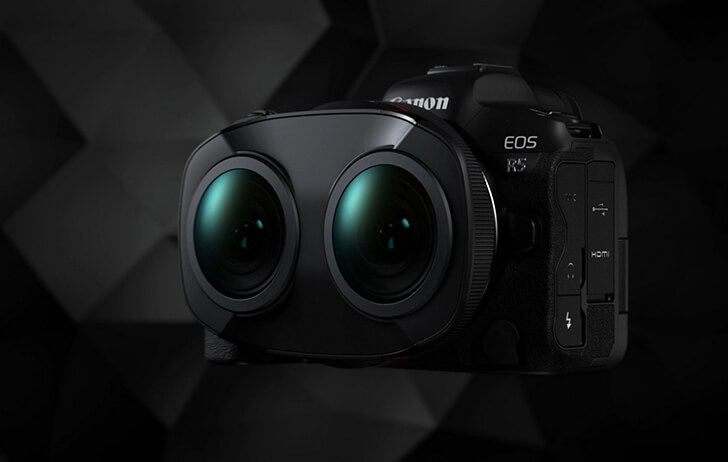Unlike other respondents, I would rate the EF 180mm f/3.5 as "good," not superb. It is a workhorse lens for me (and yes, I've owned both Canon EF 100mm macro lenses prior to the L, but working distance matters for insects). I've shot with it exclusively on hundreds of outings. Center and mid-frame sharpness are middling. The autofocus engine is mediocre at best, and frustrating at worst; it's inadequate for flying subjects. Build quality also seems pedestrian.
If an RF 180mm version comes out, my wish list would be for 1) improved sharpness, 2) improved autofocus, and 3) f/2.8 [even with extra weight], in that order of priorities. I'm ignoring image stabilization as I don't know how feasible it is for a long macro. I would like to keep the filter size no greater than 82mm, and preferably no more than 77mm, but I don't know if that is possible getting to f/2.8. Ideally moving elements toward the rear would result in a lens that is actually more easily handled, focuses faster, and meets these specs. I really wish Canon would make a true "pro" macro lens, as the reason I never bought the EF 100L is it isn't significantly better optically than the previous USM version I already have (it's also an oddball filter size for Canon--would prefer a 72mm filter and f/2.5 as I'm trying to stay at mostly 72/77mm for filters). I think the 180mm is the best candidate focal length to change into a professional tool as the EF/RF 100Ls adequately serve most amateurs. Since an RF 180mm price would likely be prohibitive for casual amateurs anyway, why not up the price and quality a bit and give advanced amateurs and professionals the tool they crave?
Making an RF 180mm professional grade is like adding garlic to a pasta dish: both are tastier, and both result in GAS.

I have to agree that the MP-E 65mm is now outdated and in need of an optical upgrade to remain competitive in the market. Also, it is rather pointless to provide an f/16 aperture on a lens where it is not effective; f/2.8 thru f/5.6 is about all that is practical at 1x - 5x, and I would gladly accept a fixed aperture f/2.8 in exchange for better optical quality. At this point, if Canon can't improve the optics significantly, I wouldn't replace mine. Given that higher optical quality can be had through microscope objectives, my concern is that an RF successor would be strictly an amateur lens and unlikely to provide the needed improvements. The main advantage for the 1x-5x Macro Zoom lens is efficiency for field work, but it generally works best for stationary subjects (like tiny mushrooms, or deep-chilled critters).
I'm curious about the OP's comment that Canon "didn't sell a ton of these." I wouldn't expect a long macro to sell a large unit count due to its cost and the experience necessary to realize the need for it, but what is the source of this information? Photo manufacturers typically don't revealing much about sales of particular products.






